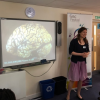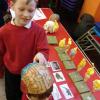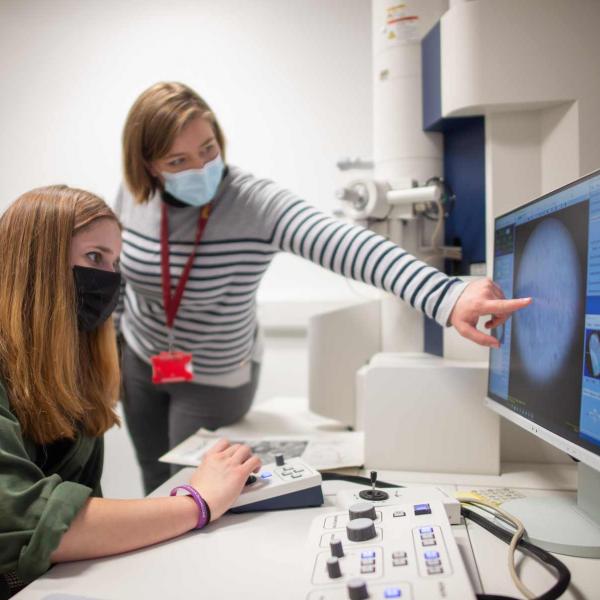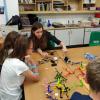Natalie and Abbey take Unit science out to local primary school
Natalie and Abbey take Unit science out to local primary school
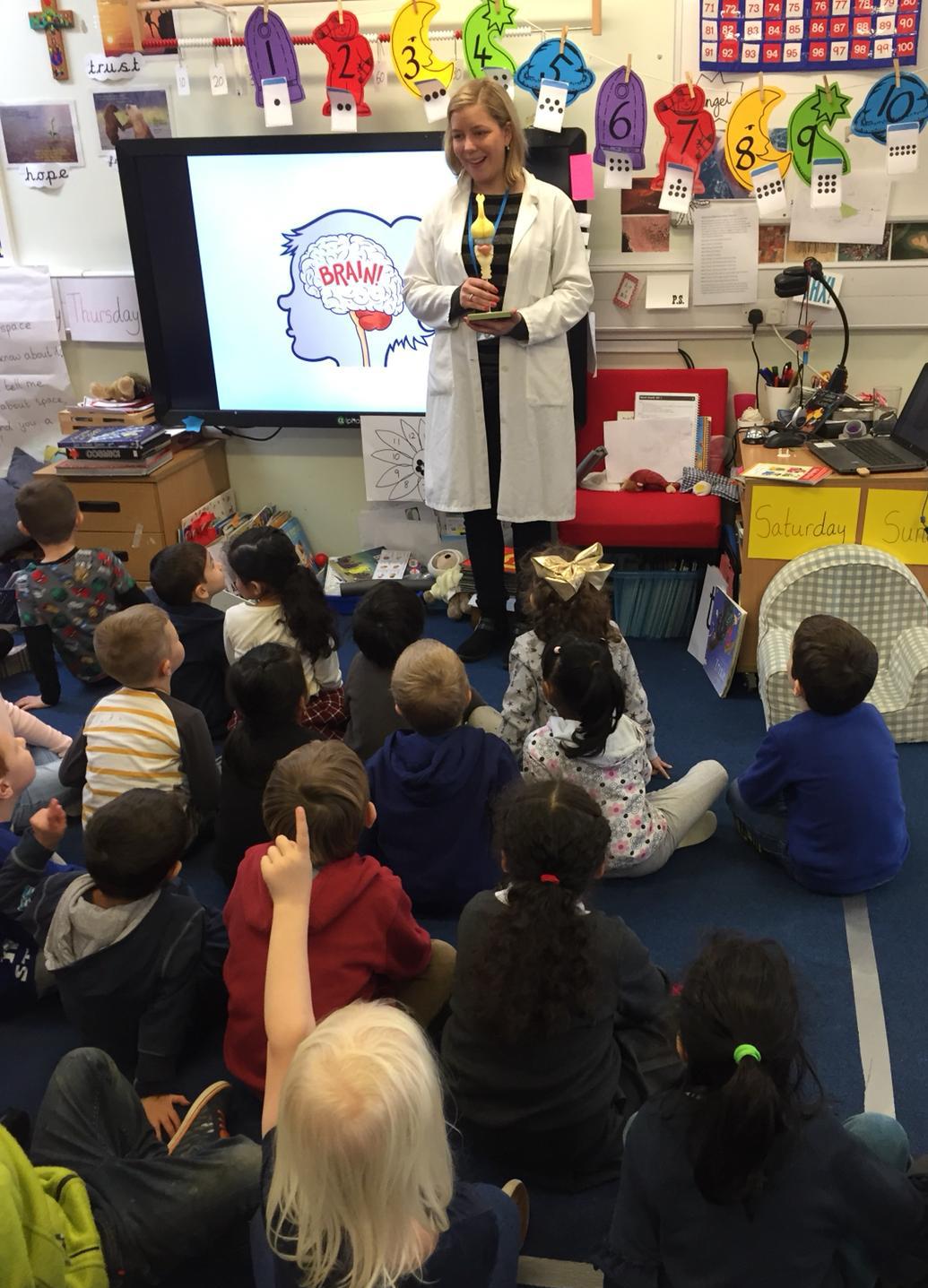
Unit scientists Dr Natalie Doig and Dr Abbey Holt recently visited pupils at St Andrew’s C. of E. Primary School in central Oxford, to help them learn more about science, scientists, and how the brain works.
The visit was made in support of the state-funded school’s inaugural STEM Festival, a deep-learning week created to deliver a variety of interactive experiences to each year group, including off-site and in-school activities, and opportunities to meet professionals working in STEM (Science, Technology, Engineering and Mathematics).
Armed with a variety of eye-catching demonstration aids taken from the Unit’s Public Engagement Toolbox, Natalie and Abbey spent a morning with the 4 and 5 year-old children in the Rainbows and Sunflowers classes. After Natalie introduced what a scientist is and does, the children were guided through a series of games that were designed to highlight how the brain controls memory and movement. The children then compared plastic animal brains, and took turns at wearing the ‘Brain Hat’, with the goal of learning that different parts of different brains do different things. Natalie and Abbey then helped the children to build colourful pipe cleaner models of nerve cells, eventually connecting the model nerve cells in long strings to ‘pass messages’. At the end of the session, the children were encouraged to don some rubber gloves and explore the Unit’s brain tissue specimens for themselves.
Natalie commented: “The children at St Andrew’s were wonderful; they were enthusiastic, involved and asked lots of great questions – I think they enjoyed the visit as much as I did!”
Abbey commented: “Visiting St. Andrew's was a great experience - the children were so curious and engaged in the different activities. At the end of the visit, the children shared what they had learned, and I was very impressed!”
School teacher Kelly Faye commented: “Many parents came to speak to me to report how excited their children had been when recounting the visit after school. The children mentioned what our brains are for and were especially excited at having touched a real brain.”
